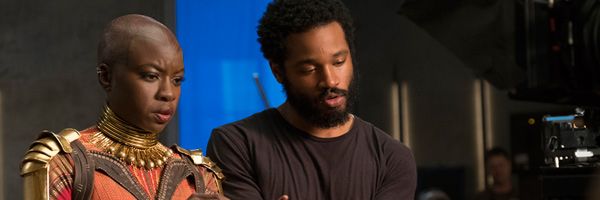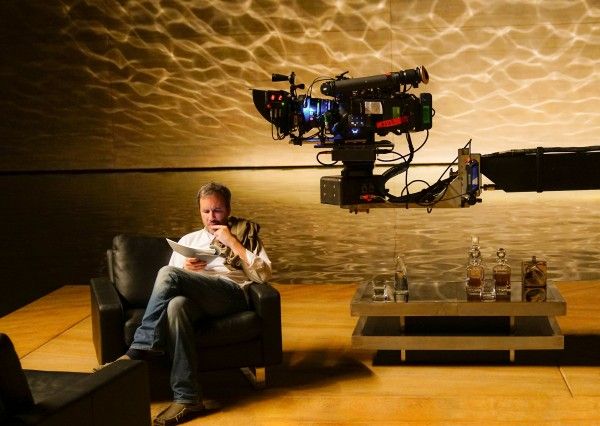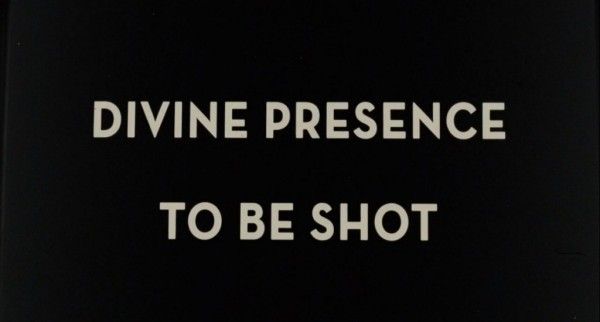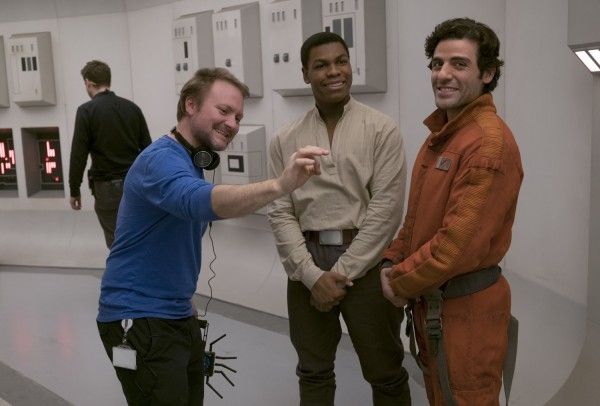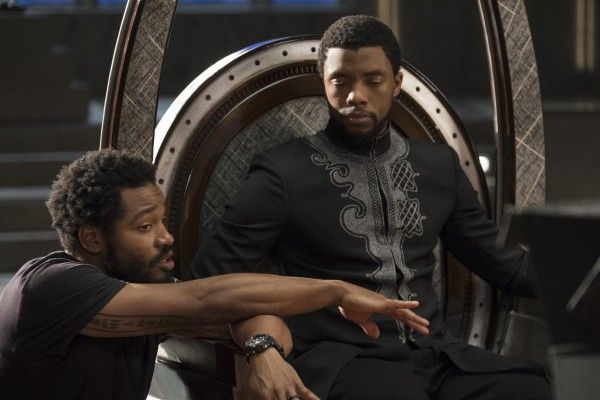A fairly new trend in movie news has arisen, and it has to do with so-called “extended cuts” of highly anticipated movies. Rumors swirl about a four-hour early cut of Black Panther, or a four-hour early cut of Blade Runner 2049, and fans start clamoring to see the full vision of the director instead of the theatrically released, edited version. But there’s a major difference between a “first cut” and an “assembly cut,” and it’s night and day. Knowing the difference here means understanding that an extremely long cut of Black Panther or your favorite Marvel movie may not actually exist, and thus getting upset about a shorter final runtime is kind of silly. So what is an assembly cut exactly, and why does it matter? Let’s break it down.
To understand what an assembly cut is, you must first understand the traditional filmmaking process. Oftentimes, when a movie is in production, the film’s editor is already cutting together some of the footage being shot on any particular day. But since the director is overwhelmed by the day-to-day operation of running a film set, he or she may not be intricately involving in putting these scenes together at this early process.
Once a film wraps production, the director heads into the editing room for months on end to start piecing the movie together. Many times, the first step of editing a movie is watching the assembly cut. The name kind of says it all—an assembly cut is a very rough version of the movie that’s been put together by the editor during production, and it strings together every single scene that was shot. This is not a releasable version of a movie, but instead is more akin to a rough draft of what the final product will be. It’s overlong and shapeless, but it’s a start, and unless you’re someone like Steven Spielberg who edits in camera (i.e. he only shoots what he needs because he’s editing the movie in his head, because he is an alien, thus there’s not really an assembly cut so to speak), it’s something every director has to deal with.
Almost every filmmaker will tell you watching the assembly cut is an excruciating experience, after which he or she starts chipping away at the material, carving it into a finished product that’s ready to be shown to audiences. An assembly cut is a foundation, and it’s a laborious process to shape it into something that resembles a real movie. Moreover, on big budget films, an assembly cut doesn’t include finished visual effects and may instead include simply concept art or even just placeholder cards where those effects shots will be. Like this:
An assembly cut is always much longer than the final cut. Indeed, here director Adam McKay talks about the assembly cut of Anchorman 2 and cutting it down to a “first cut”:
“The first assembly cut was four and a half hours. Then our first cut where it all kind of tracked was about three hours. It played. It played like a real movie with a beginning, middle and end over three hours. I think we screened our first cut at two and a half hours. It was the best screening we’ve ever had at that fat length. Normally, when we throw it at two and a half, three hours, the audience gets exhausted and starts yawning.”
And for Avengers: Age of Ultron, writer/director Joss Whedon had an assembly cut running three hours and 15 minutes, which he cut down to a finished running time of two hours and 14 minutes. This doesn’t mean there’s an entire hour’s worth of deleted scenes that are usable, however. Again, an assembly cut is everything strung together, and in the editing process, a lot of the trimming happens inside scenes—cutting of the first one or two lines and/or dropping a line or two at the end of a scene. This is how an entire hour of a movie gets cut down, as the director sees in the work-in-progress cut that the audience may not need as much verbal information as was originally thought.
But after the assembly cut gets worked on for a bit, a “first cut” arrives. Star Wars: The Last Jedi writer/director Rian Johnson revealed that the first workable cut of that film was half an hour longer—meaning a half hour of actual scenes rather than assembly cut fat:
“We had a long movie from the start. It was well over three hours, the first cut… It’s much better at two and a half [hours] than it was at over three, but it was a cut I had put together, is where we started. And it was over three hours.”
And sometimes these first cuts can be pretty lengthy, as with director Denis Villeneuve’s Blade Runner 2049:
“The thing is, it’s true that the first cut was four hours and at one point we were like, ‘Okay, do we go to the producer and release it in two?’ But let’s say the idea of the movie being in two parts didn’t get out of the editing room. [Laughs] No, the best incarnation of the movie is what is in the theater. What was striking is that the four-hour cut was quite strong. But personally I prefer the one that is in the theater because it’s more elegant, I would say. But there are some scenes that were like [makes boosh sound]. Quite strong.”
But again, knowing the difference between a “first cut” and an “assembly cut” is key. If you watch interviews on Collider, you know that a regular question of Steve Weintraub’s to directors is about the length of their first cut, and many will go out of their way to specify they’re talking about an assembly cut, to indicate that no watchable cut of the movie exists at that length.
So when rumors start to swirl that an early cut of Black Panther is running at four hours in length, stop to consider whether this is an actual cut of the movie, or if it’s just an assembly cut off of which director Ryan Coogler is working to shape the final film.

